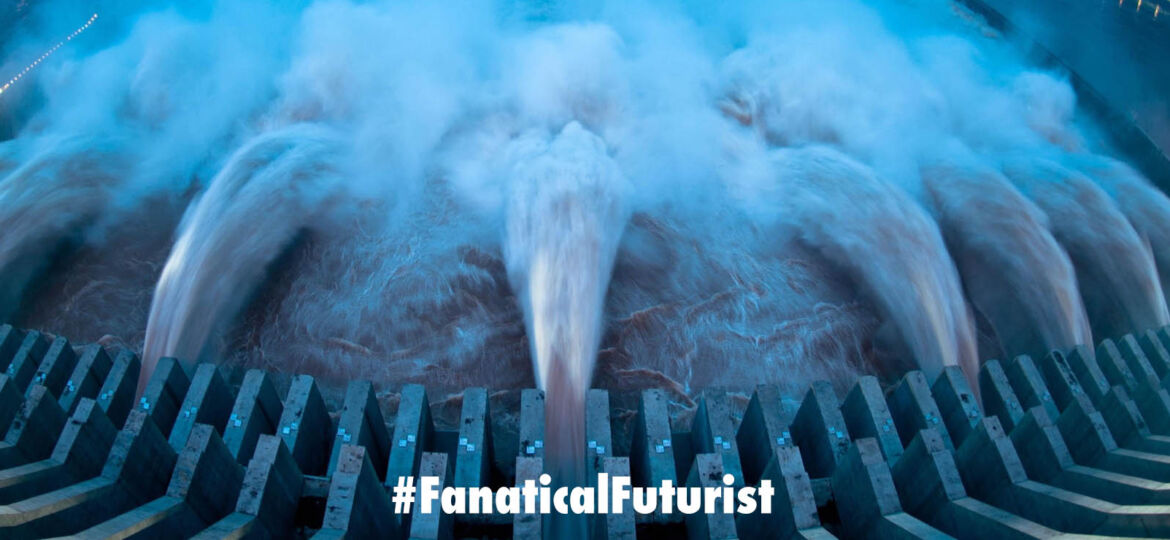
WHY THIS MATTERS IN BRIEF
China has huge ambitions to be able to print buildings, and this is its biggest project so far.
 Love the Exponential Future? Join our XPotential Community, subscribe to the podcast, future proof yourself with courses from XPotential University, read about exponential tech and trends, connect, watch a keynote, or browse my blog.
Love the Exponential Future? Join our XPotential Community, subscribe to the podcast, future proof yourself with courses from XPotential University, read about exponential tech and trends, connect, watch a keynote, or browse my blog.
Most construction sites one day could be autonomous, as I’ve previously discussed, and now China, who is already widely known for its focus on innovation and new technologies, is pushing the boat out and have embarked on one of the most ambitious construction projects in the world. In yet another grand announcement the East Asian country announced that it will combine automation, 3D printing, and Artificial Intelligence (AI) to become the first country to autonomously 3D print a hydroelectric dam on the Tibetan Plateau.
However, while that’s impressive by itself what might be the most surprising is that no human workers will be involved in the building of the dam – it will all be done autonomously. It’s little surprise therefore that the construction, which is expected to be completed in the next two years, is also set to become the world’s largest 3D printed object.
Learn more about the autonomous project
The soon to be 3D printed dam stands out in a number of ways. Not only because of the innovative process, but also because of the environment in which it’s being built. Though large-scale additive projects have already been implemented in China, they have always relied on the support of skilled human workers. For example, the world’s largest 3D printed pavilion and the first retractable 3D printed bridge were both built in China. But, this time, Chinese manufacturers are setting a different standard for dam building by completely dispensing with human workers. The project will also aim to highlight how the new technologies and techniques can benefit the construction industry.
The project, which is being carried out by the Science and Technology Department of Tsinghua University, is focusing on building the Yangqu Dam on the Tibetan Plateau layer by layer. After the two-year construction period of the dam, it will then be used to supply the Yangqu Hydropower Plant, which will provide the Chinese province of Henan with about 5 billion kWh of electricity every year.
In concrete terms, this means that a total of 100 million people will be able to benefit from the 3D printed dam, as it will secure their electricity supply. The electricity will be transmitted through a high-voltage transmission line of about 4920ft, which has been built separately for the transmission of green energy aiming at sustainability. Liu Tianyue, one of the lead scientists of this project, comments that they want to “free people from heavy, repetitive and dangerous jobs” with this highly innovative project.
According to the Tsinghua University scientists, the Yangqu hydroelectric power plant is expected to reach a total height of 520ft upon completion, which would make it the largest robotic 3D printing facility in the world, larger than the two story office building in Dubai, the current world record holder.
















